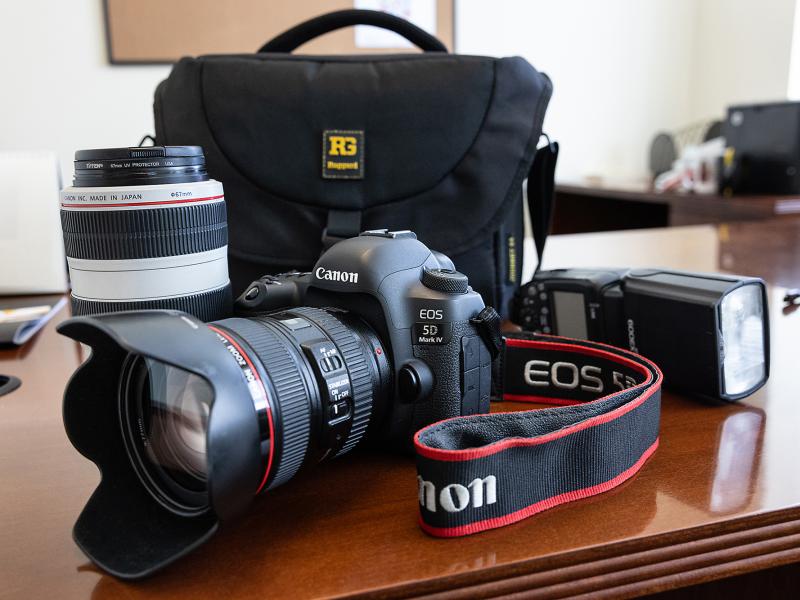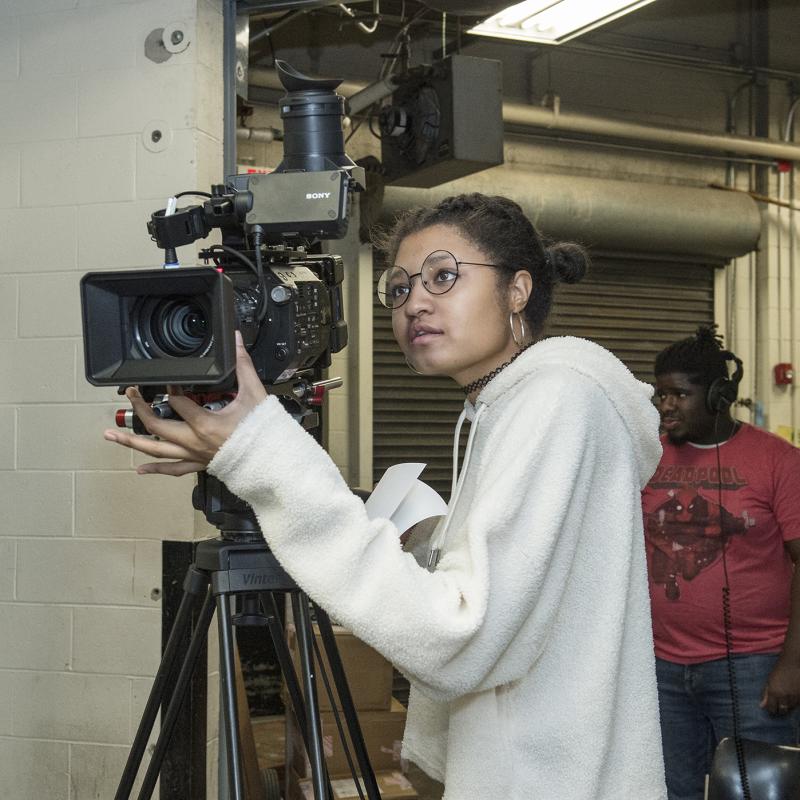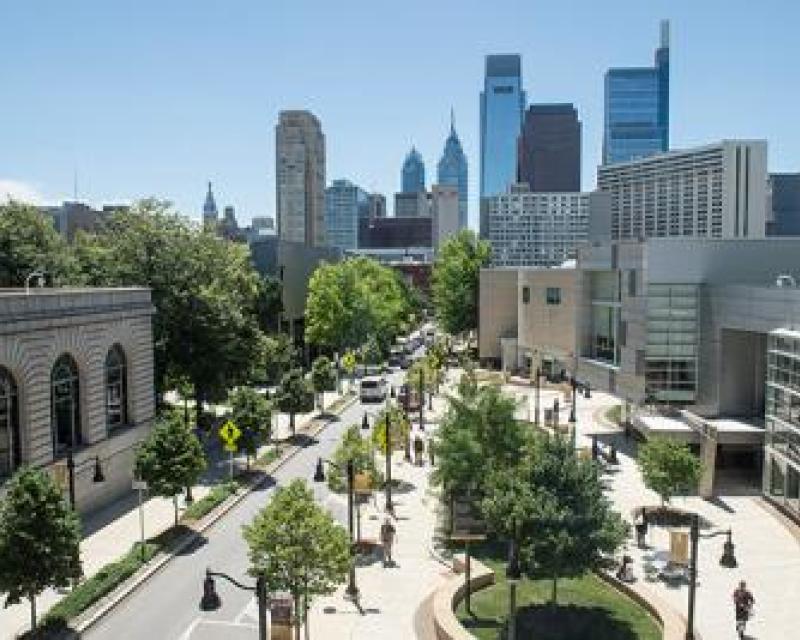-
Program Duration: 2-Year Plan
-
Degree Type: Associate in Applied Science (A.A.S.)
-
Total Credit Hours: 61

About This Program
Capture the world through a camera. You will learn how to use sophisticated cameras, editing technology and processing equipment; work with professional software, including Adobe Photoshop; create photographs in digital and traditional formats; photograph social and corporate events; and develop a portfolio. As a student in the College’s Photography program, you will receive training on the same equipment and software used by industry professionals, have access to internship opportunities at professional photo studios and laboratories, get an introduction to developing a photography business, and gain experience working on a video crew.
Transfer Opportunities

Launch Your Career in Photography
- Photographer – est. salary $52,798*
Career Outlook
Median Salary of a Photographer
Number of Jobs in the Region
10-year Job Outlook in the Region for Photographers
Photographer
Photograph people, landscapes, merchandise, or other subjects, using digital or film cameras and equipment. May develop negatives or use computer software to produce finished images and prints. Includes scientific photographers, aerial photographers.
Starting Pay: $29,034

Typical Tasks
- Use traditional or digital cameras, along with a variety of equipment such as tripods, filters, and flash attachments.
- Determine desired images and picture composition, selecting and adjusting subjects, equipment, and lighting to achieve desired effects.
- Adjust apertures, shutter speeds, and camera focus based on a combination of factors such as lighting, field depth, subject motion, film type, and film speed.
- Create artificial light, using flashes and reflectors.
- Manipulate and enhance scanned or digital images to create desired effects, using computers and specialized software.
Let's Get Started


